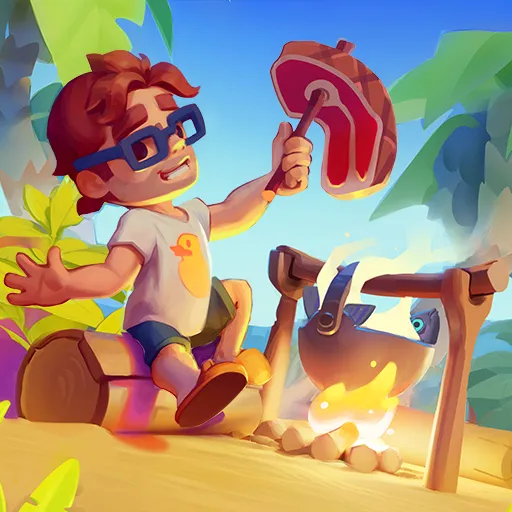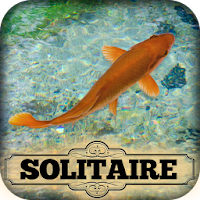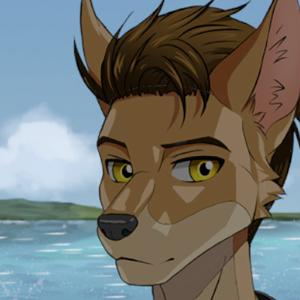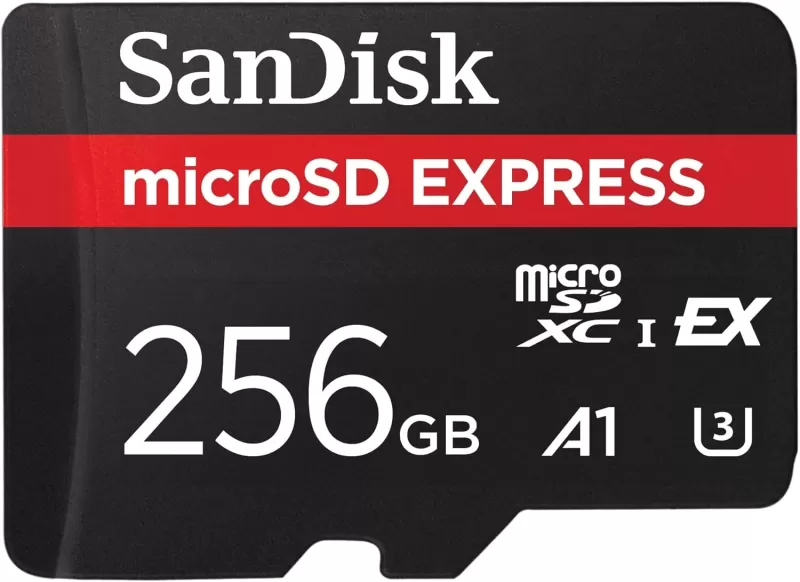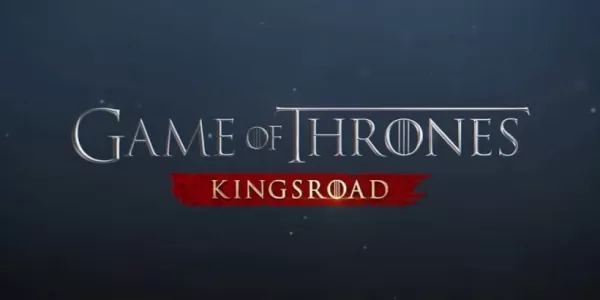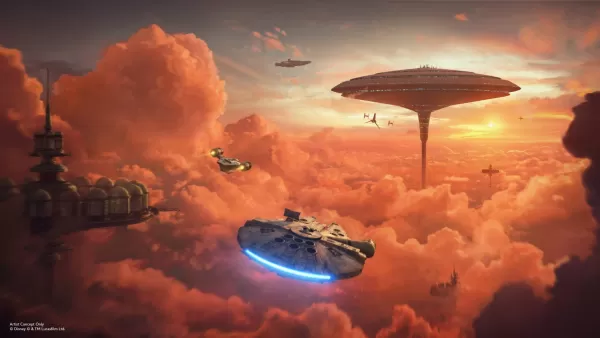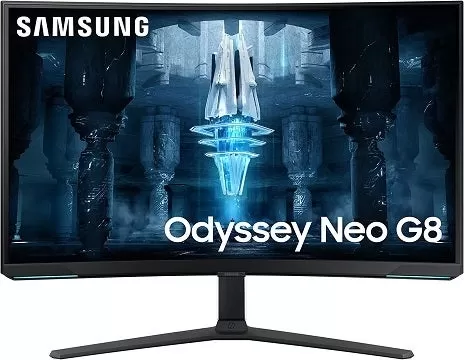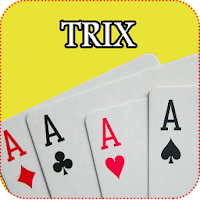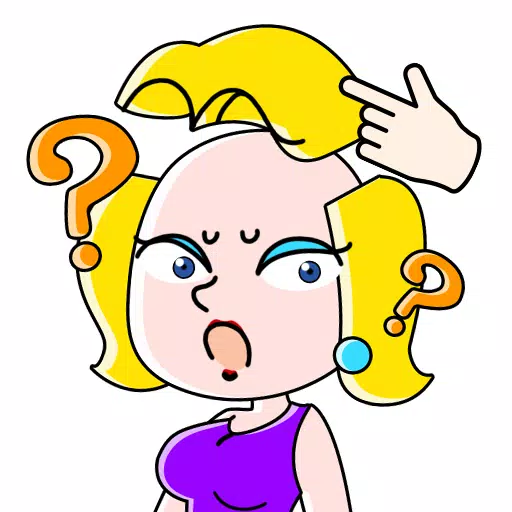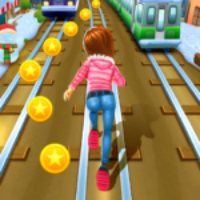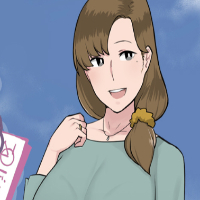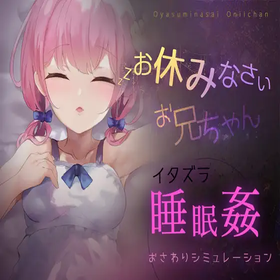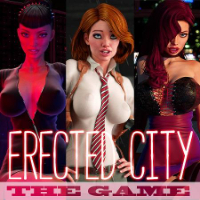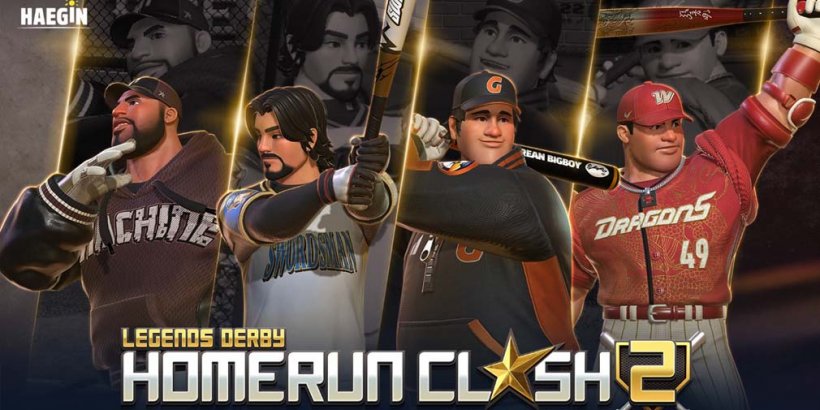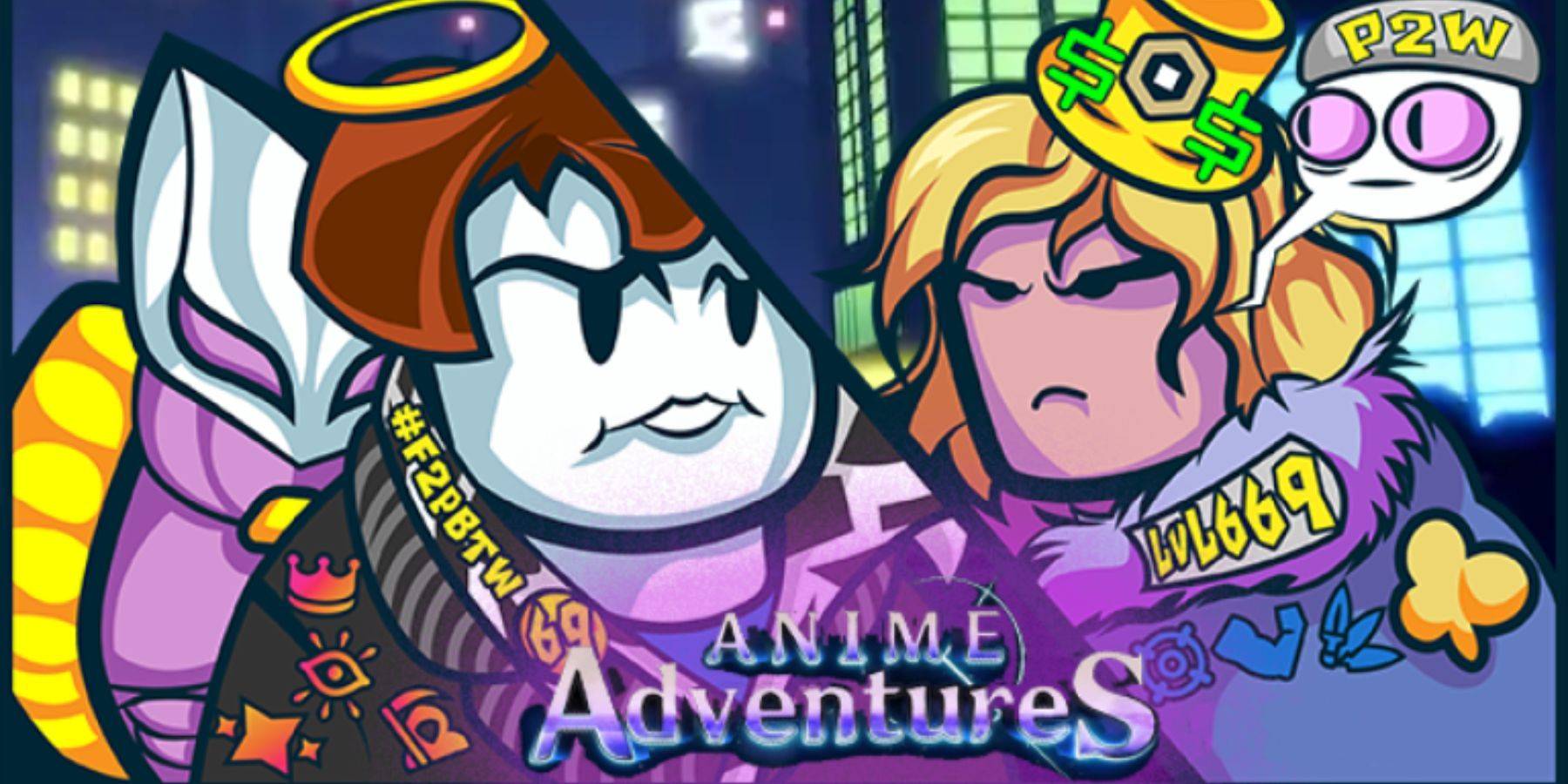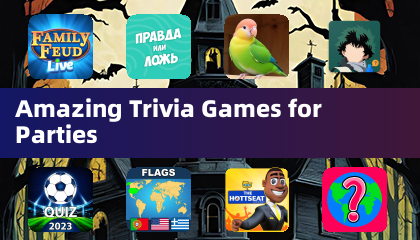Top Starter Pokemon by Generation
The most pivotal moment in any Pokemon game occurs right at the beginning – choosing your partner Pokemon. This initial decision, often based on personal vibes and taste, is a unique experience that feels like a personality test for many fans. As you lock eyes with the creature you’ll spend countless hours raising, bonding with, and sending into battle, you have no idea how this choice will shape your journey to becoming a Pokemon master. The gyms, rivals, and secrets of the region are yet to be unveiled, making this choice both thrilling and daunting.
We’ve conducted thorough research, analyzing the base stats, strengths, and weaknesses of every starter Pokemon and their evolutions, and matched them against their native regions. Our goal is to help you determine the best starter pick to not only breeze through the initial gyms but to conquer the Elite Four and beyond. This is your first step towards mastering Pokemon across all generations.
Gen 1: Bulbasaur
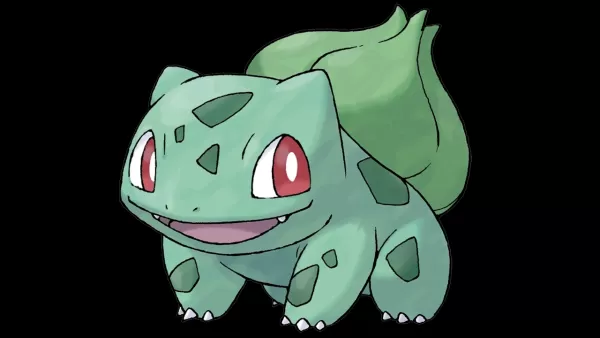 Games: Pokemon Red & Blue, FireRed & LeafGreen
Games: Pokemon Red & Blue, FireRed & LeafGreen
Starter options: Bulbasaur (grass), Charmander (fire), Squirtle (water)
Full guide: IGN's Pokemon Red, Blue and Yellow guide
While it may seem obvious to choose Bulbasaur to tackle the first gym in Pokemon Red and Blue (Grass beats Rock), this choice stands out as the best starter for dominating the Kanto region. Initial analyses might favor Charmander due to Fire types being rare in Gen 1, the prevalence of Flying types (which are strong against Bulbasaur’s Grass), and the final gym's heavy reliance on Ground types, which Charizard is immune to.
However, opting for Bulbasaur allows you to cruise through most of the game effortlessly. Its Grass typing is super effective against Brock’s Rock Pokemon, Misty’s Water types, and Giovanni’s final gym lineup, making it the optimal choice to defeat the first two members of the Elite Four. The primary challenges for Bulbasaur trainers are Erika’s Grass type gym, requiring strategic play to overcome "not very effective" attacks, and Blaine’s Fire type gym, which can be managed with the plentiful Water types in Kanto.
Bulbasaur trainers will face issues with frequent encounters with Pidgeys and Spearows in tall grass, whose Flying typing can pose a problem for leveling up. However, the abundance of Ground and Rock types in caves offers ample opportunities for Bulbasaur to gain XP. Another challenge is dealing with rival Blue, whose Pidgeot and Charmander can be problematic, though mitigated by having a Water type on your team.
Bulbasaur’s well-balanced base stats and its evolution into Venasaur, which gains Poison typing, provide a significant edge over Charmander and Squirtle, making it a solid choice for aspiring Pokemon masters.
Gen 2: Cyndaquil
 Games: Pokemon Gold & Silver, Crystal, HeartGold & SoulSilver
Games: Pokemon Gold & Silver, Crystal, HeartGold & SoulSilver
Starter options: Chikorita (grass), Cyndaquil (fire), Totodile (water)
Full guide: IGN's Pokemon Gold, Silver and Crystal guide
Pokemon Gold and Silver introduced only eight new Fire types, compared to ten Grass and eighteen Water types, making Cyndaquil a valuable addition to your team for its diversity. Cyndaquil proves to be the best match against most of the gyms and Elite Four members in Johto.
Bugsy’s Bug type gym and Jasmine’s Steel type gym are easily defeated by Cyndaquil’s Embers and Flame Wheels. In contrast, Water type Totodile struggles due to the absence of Fire, Ground, or Rock gyms. Chikorita, or more likely its final form Meganium, would excel in Pryce’s Ice gym but falter against early Bug and Flying type gyms, as well as Morty’s Poison type gym. While Pryce poses a challenge for Cyndaquil, a well-balanced team assembled over many hours will help you overcome this hurdle.
Cyndaquil’s advantage extends to the Grass and Bug types in the Elite Four’s roster. Although all four teams are well-balanced, the numerous Poison types and Lance’s Dragon/Flying types make it a tough spot for Meganium. Totodile’s final evolution, Feraligatr, can hold its own but doesn’t dominate as effectively as Typhlosion.
Choosing Cyndaquil does bring challenges, such as frequent Rock and Ground encounters in caves and Lance’s team containing a Charizard and a Gyarados, necessitating strategic planning. However, these challenges are less daunting compared to those faced by Chikorita and Totodile.
Gen 3: Mudkip
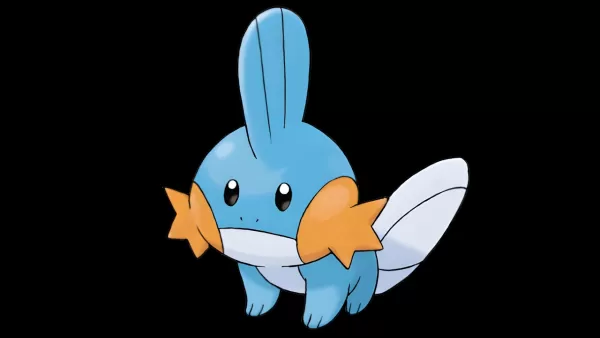 Games: Pokemon Ruby & Sapphire, Emerald, Omega Ruby & Alpha Sapphire
Games: Pokemon Ruby & Sapphire, Emerald, Omega Ruby & Alpha Sapphire
Starter options: Treecko (grass), Torchic (fire), Mudkip (water)
Full guide: IGN's Pokemon Ruby, Sapphire and Emerald guide
While Mudkip’s charm might initially draw you in, its advantages in Pokemon Ruby and Sapphire go beyond aesthetics. Mudkip and Treecko both have an edge over three of the eight gyms. They excel in Roxanne’s and Tate & Liza’s Rock/Ground gyms, while Mudkip is better suited for Flannery’s Fire gym, and Treecko for Wallace’s Water gym.
By the time you reach Wallace, Treecko will likely have evolved into Sceptile, but its Grass typing puts it at a disadvantage against Flannery and Winona’s Flying types. Mudkip, on the other hand, only struggles with Wattson’s Electric gym in Mauville City. Torchic, despite evolving into Blaziken with a Fighting type, doesn’t significantly impact gym battles, being super effective against only one gym and at a massive disadvantage against Wallace.
In the Elite Four, Sceptile has a slight edge due to its advantage against Glacia’s Ice/Water Pokemon and some Grass types, which pose issues for Swampert (Mudkip’s final evolution). However, Swampert gains Ground typing and well-balanced stats, making it immune to Electric attacks and highly resilient, capable of overcoming battles where it would typically be the underdog.
The abundance of water in the Hoenn region might make random encounters a grind, but Mudkip’s numerous advantages elsewhere help it overcome this challenge. Plus, it’s undeniably the cutest of the bunch.
Gen 4: Chimchar
 Games: Pokemon Diamond & Pearl, Platinum, Brilliant Diamond & Shining Pearl
Games: Pokemon Diamond & Pearl, Platinum, Brilliant Diamond & Shining Pearl
Starter options: Turtwig (grass), Chimchar (fire), Piplup (water)
Full guide: IGN's Pokemon Diamond, Pearl and Platinum guide
Continuing the trend from the first game, Pokemon Diamond and Pearl add only five new Fire types compared to fourteen Water and Grass types, enhancing Chimchar’s appeal. While not the sole deciding factor, this scarcity adds to Chimchar’s advantages over Turtwig and Piplup. Chimchar’s Fire typing is super effective against Gardenia’s Grass type gym, as well as Byron’s Steel and Candice’s Ice gyms.
Turtwig is a strong contender, easily defeating Roark’s Rock and Crasher Wake’s Water gyms, and gaining Ground typing upon evolving into Torterra, making it immune to Electric attacks and well-suited for Volkner’s final gym. However, Turtwig’s strengths are more pronounced in the early game, while Chimchar’s prowess shines in the late game.
Navigating the gyms smoothly is crucial in the well-balanced Sinnoh region’s Elite Four. Chimchar’s final evolution, Infernape, excels against Aaron’s Bug Pokemon, which are super effective against Torterra. Torterra, however, is ideal for Bertha’s Water and Ground types. Piplup’s evolution into Empoleon doesn’t offer significant advantages against gym leaders or the Elite Four.
Chimchar and Turtwig are closely matched, but Chimchar’s advantage over Team Galactic’s Bug types, combined with its gym battle credentials, tips the scales in its favor.
Gen 5: Tepig
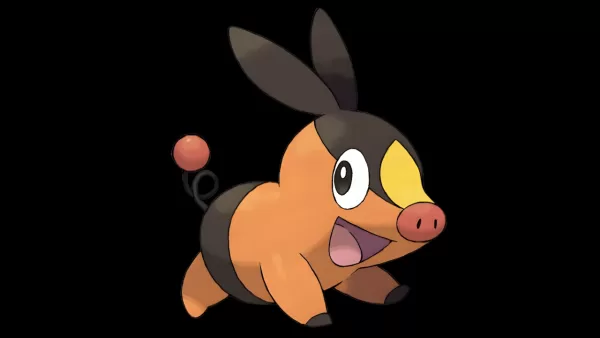 Games: Pokemon Black & White
Games: Pokemon Black & White
Starter options: Snivy (grass), Tepig (fire), Oshawott (water)
Full guide: IGN's Pokemon Black and White guide
In Gen 5, Tepig emerges as the clear favorite. Snivy only has an advantage over one gym and lacks significant advantages against the Elite Four, struggling with the numerous Bug and Flying types in Unova. Oshawott fares better against Clay’s Ground type gym and Brycen’s Ice Pokemon but doesn’t have a tailored type advantage against the Elite Four.
Tepig’s Fire abilities and its final form, Emboar, gaining Fighting type, make it the best choice for navigating Unova. Tepig easily handles Burgh’s Bug and Brycen’s Ice gyms, though alternative strategies are needed for Clay’s Ground gym. Emboar’s Fighting type is super effective against Grimsley’s Dark types in the Elite Four, though vulnerable to Caitlin’s Psychic types, which can be managed with a strong team.
Emboar’s strong attacking stats and the presence of Team Plasma’s Steel types further bolster its case. Facing the Elite Four twice in Pokemon Black and White is challenging, but Tepig provides more reassurance than its counterparts.
Gen 6: Fennekin
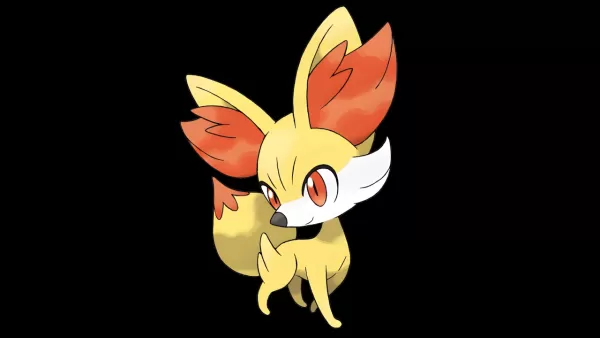 Games: Pokemon X & Y
Games: Pokemon X & Y
Starter options: Chespin (grass), Fennekin (fire), Froakie (water)
Full guide: IGN's Pokemon X and Y guide
Pokemon X and Y continue the trend of favoring Fire types, with Fennekin standing out. Fennekin can almost stroll through the gyms, being super effective against three and resistant to two more. Its final evolution, Delphox, gains Psychic typing, making it well-equipped for the final three Fairy, Psychic, and Ice-based gyms before heading to the Pokemon League.
Froakie evolves into Greninja, a Water/Dark type, which is super effective against Olympia’s Psychic team but weak against Valerie’s Fairy types. Its Water typing also poses challenges against Ramos’ Grass and Clemont’s Electric types, with only Grant’s early Rock gym offering some advantage. Chespin struggles with Viola’s Bug gym and later gains a Fighting typing as Chesnaught, leaving it at a disadvantage against Olympia and Valerie.
As the games progress, the Elite Four becomes more balanced, with each member suited to a different type. Delphox has the edge, able to resist Diantha’s Gardevoir’s attacks effectively.
Gen 7: Litten
 Games: Pokemon Sun & Moon
Games: Pokemon Sun & Moon
Starter options: Rowlet (grass), Litten (fire), Popplio (water)
Full guide: IGN's Pokemon Sun & Pokemon Moon guide
Litten completes the Fire type quartet in Pokemon Sun and Moon. Despite initial struggles in the first few trials, Litten is the clear choice for the rest of the battles. Mallow’s Grass trial is ideal for Litten, and Sophocles’ Electric gym includes two Steel types and a Bug type. By the time you reach Acerola’s Ghost trial, Litten could have evolved into Incineroar, a Fire/Dark type, whose attacks are super effective against the entire lineup, especially the Grass and Ice types.
Mina’s Fairy trial poses a slight challenge due to Incineroar’s Dark typing, but her team also includes Steel, Grass, and Bug types, which Incineroar can handle. Rowlet and Popplio find success in the early trials but struggle later on. Rowlet evolves into Decidueye, gaining Ghost typing, which is both a blessing and a curse at Acerola’s trial but doesn’t offer significant advantages elsewhere. Popplio evolves into Primarina, a Water/Fairy type, but this doesn’t impact its performance in the trials.
Sun and Moon’s Elite Four and the subsequent challenges from 10 trainers are too diverse for any starter to have a clear advantage, emphasizing Litten’s importance in clearing the trials. The Alola region also introduces only eight Fire Pokemon compared to thirteen Grass and Water types, making Litten a valuable early pick.
Gen 8: Sobble
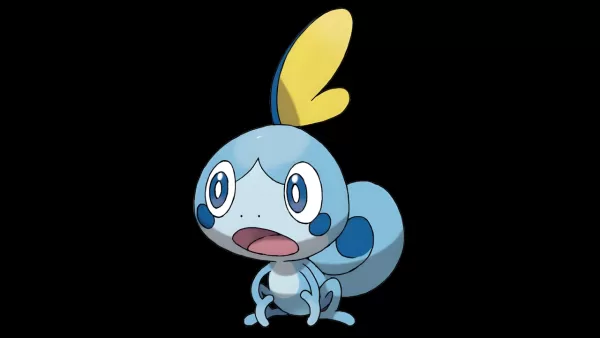 Games: Pokemon Sword & Shield
Games: Pokemon Sword & Shield
Starter options: Grookey (grass), Scorbunny (fire), Sobble (water)
Full guide: IGN's Pokemon Sword and Shield guide
Sobble’s edge over Grookey and Scorbunny is the slimmest among the generations. Each starter excels against three gyms, with Gordie and Raihan’s Rock and Ground gyms favoring Sobble and Grookey, and Melony’s Ice and Opal’s Fairy gyms suiting Scorbunny. The first three gyms, being Grass, Water, and Fire, offer no initial advantage. Raihan’s gym being the final one adds weight to the choice, giving Grookey and Sobble a slight lead.
In the Galar region’s Champion Cup, Sobble narrowly surpasses Grookey. The final evolutions retain their initial types, making type matchups crucial. Bede’s Fairy Pokemon, Nessa’s Water types, and Raihan’s Fire and Ground-heavy Dragon team favor Fire, Grass, and Water respectively. Sobble’s edge comes from its success against the toughest opponents.
Other factors like rivals, Team Yell, and random encounters have less impact in Sword and Shield due to the introduction of overworld Pokemon and Team Yell’s Dark types, which interact normally with Fire, Water, and Grass types. Sobble’s final evolution, Inteleon, also boasts well-balanced stats, further tipping the scales in its favor.
Gen 9: Fuecoco
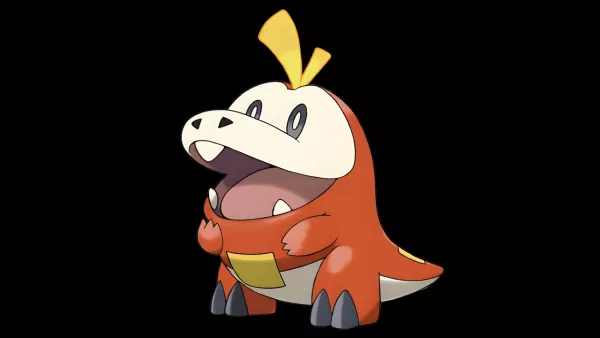 Games: Pokemon Scarlet & Violet
Games: Pokemon Scarlet & Violet
Starter options: Sprigatito (grass), Fuecoco (fire), Quaxly (water)
Full guide: IGN's Pokemon Scarlet and Violet guide
Fuecoco emerges as the clear winner in Pokemon Scarlet and Violet, despite the game’s focus on player freedom allowing for varied progression. The gyms don’t level scale, so you can return to tackle them once you’re better prepared. The highest-level gyms, being Psychic/Fairy and Ice types, and the lowest-level gyms, being Bug and Grass types, favor Fuecoco and its Ghost type final evolution, Skeledirge.
Quaxly, as a Water type, doesn’t gain a strong advantage until evolving into Quaquaval, a Fighting type, which is useful against Larry’s Normal type gym. Sprigatito, evolving into Grass/Dark type Meowscarada, excels against Tulip’s and Ryme’s gyms.
Team Star base raids, crucial for story progression, further emphasize the importance of your starter choice. The Dark and Poison crews, with their Bug Pokemon, are easily handled by Skeledirge, while the Fairy and Fighting crews are perfect for it. Quaquaval and Meowscarada can handle Rika’s Ground Pokemon in the Elite Four, but Skeledirge outshines them against Poppy’s Steel team and beyond.
### The Best Starter PokemonThe Best Starter Pokemon
